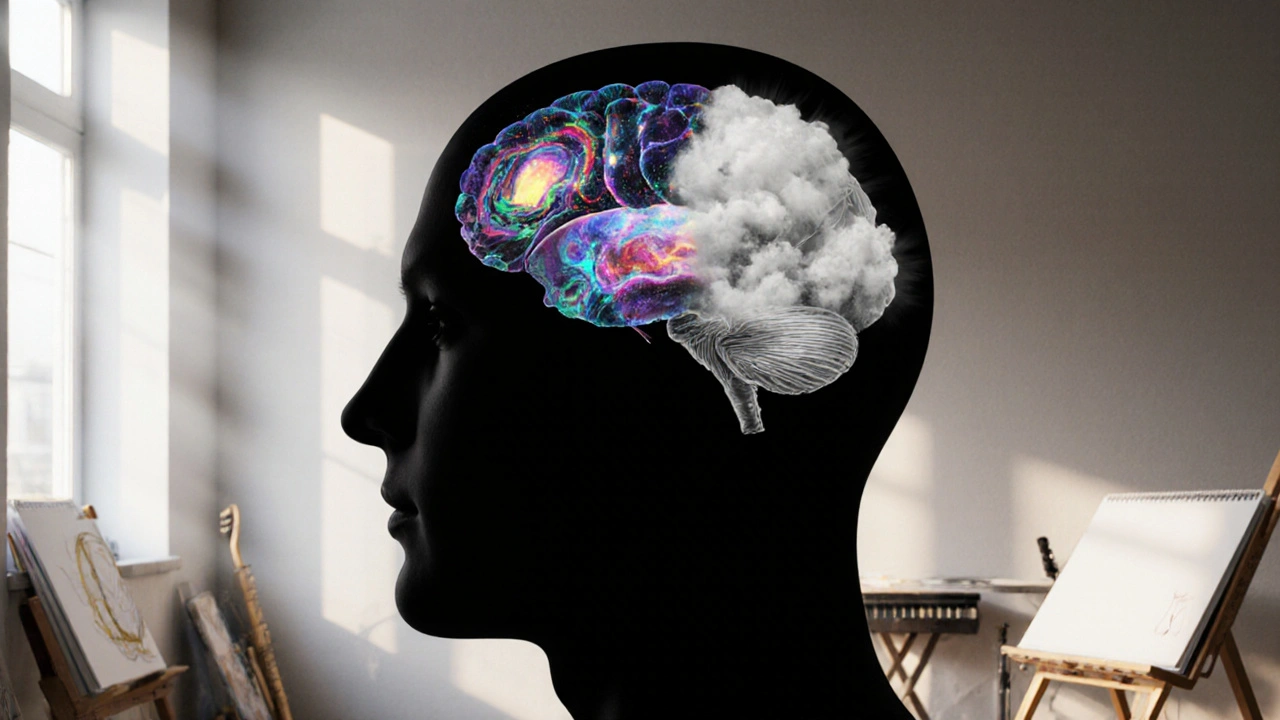Mental Health and Creativity: Simple Ways to Feel Better with Art, Music, and Writing
Ever notice how a doodle can lift your mood or a song can calm a racing mind? That’s not magic – it’s the brain’s natural response to creative expression. When you let yourself create, you give your nervous system a chance to reset, reduce stress, and build a sense of accomplishment. Below are practical, evidence‑backed ideas you can start today, no fancy supplies needed.
Why Creative Play Helps Your Mind
Research shows that activities like drawing, playing an instrument, or even cooking a new recipe activate the brain’s reward centers. Those same pathways release dopamine, the feel‑good chemical that improves focus and mood. At the same time, creative tasks lower cortisol, the stress hormone that keeps you on edge. The result? A calmer, clearer head that’s better equipped to handle daily challenges.
Another win is that creativity encourages mindfulness without the pressure of “being perfect.” When you’re absorbed in a color‑mix or a lyric, you stay in the present moment. That natural mindfulness helps break the loop of negative thoughts that often fuels anxiety and depression.
Easy Creative Habits to Try Right Now
1. Doodle for Five Minutes. Keep a pen and a small notebook handy. When you feel stressed, set a timer for five minutes and let your pen wander. No goal, just movement. You’ll notice tension easing as the muscle memory takes over.
2. Sing or Hum While Doing Tasks. Whether you’re washing dishes or commuting, hum a tune you love. The vibration of the voice relaxes the throat and chest, and the rhythm steadies breathing – both key for calming the nervous system.
3. Write a One‑Sentence Story. Pick a random prompt (e.g., "the last leaf fell on…") and write a single sentence. This tiny storytelling exercise sparks imagination and can shift focus away from worry.
4. Pick a Simple Instrument. A ukulele, a shaker, or even a set of kitchen spoons works. Play a chord or rhythm for two minutes. The act of making sound lowers heart rate and gives a quick mood boost.
5. Create a Mood Collage. Cut out pictures from magazines or print images online that reflect how you want to feel. Glue them onto a board. Looking at the collage later reminds your brain of those positive emotions.
These habits take less than ten minutes each, yet they provide a reliable mental reset. The key is consistency – even a short daily burst can add up to noticeable improvements in mood, focus, and resilience.
If you enjoy group settings, consider joining a local art class, choir, or writing meetup. Social connection combined with creative flow amplifies the mental health benefits, offering support and accountability.
Remember, creativity isn’t about producing a masterpiece. It’s about giving yourself permission to experiment, make mistakes, and enjoy the process. Treat each session as a mini‑therapy appointment you control.
Start small, notice the shift, and keep adding one new creative habit each week. Soon you’ll have a toolbox of easy, enjoyable activities that keep your mind balanced and your spirit alive.

